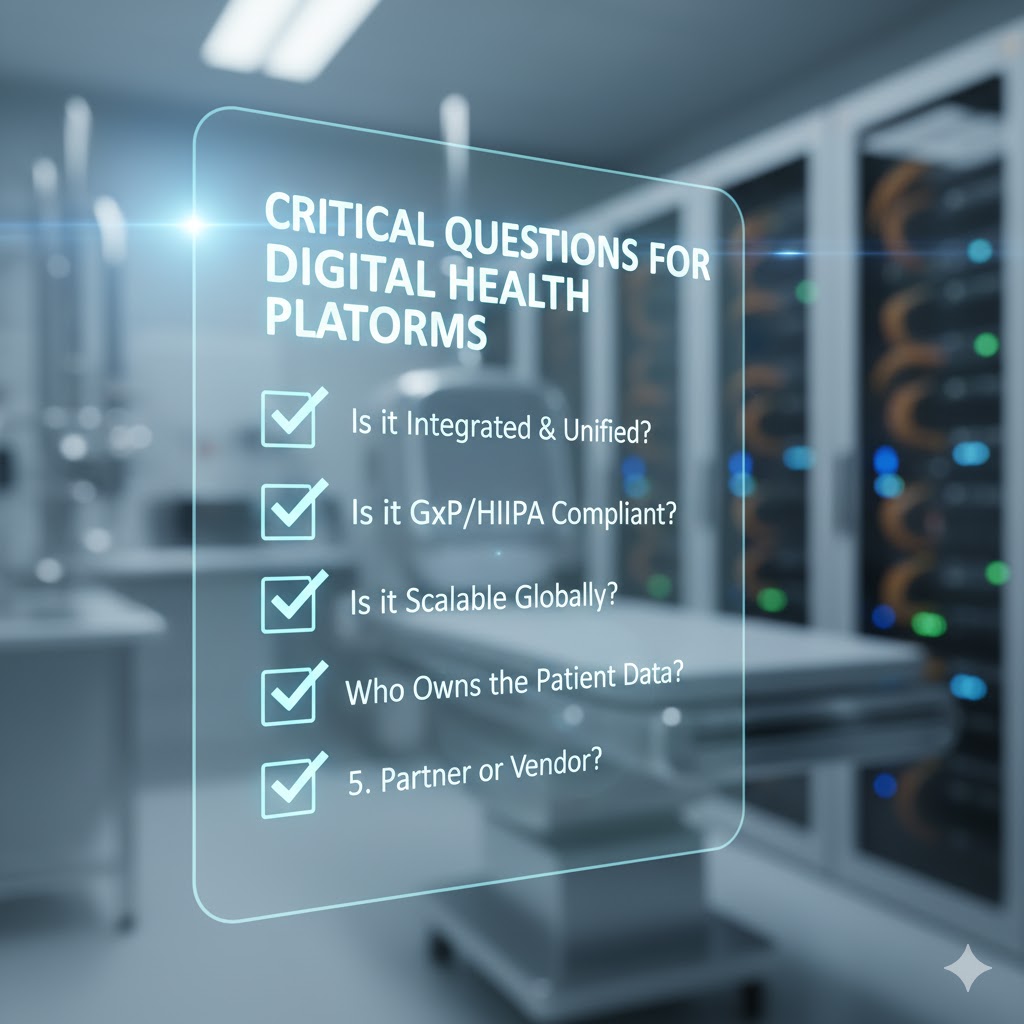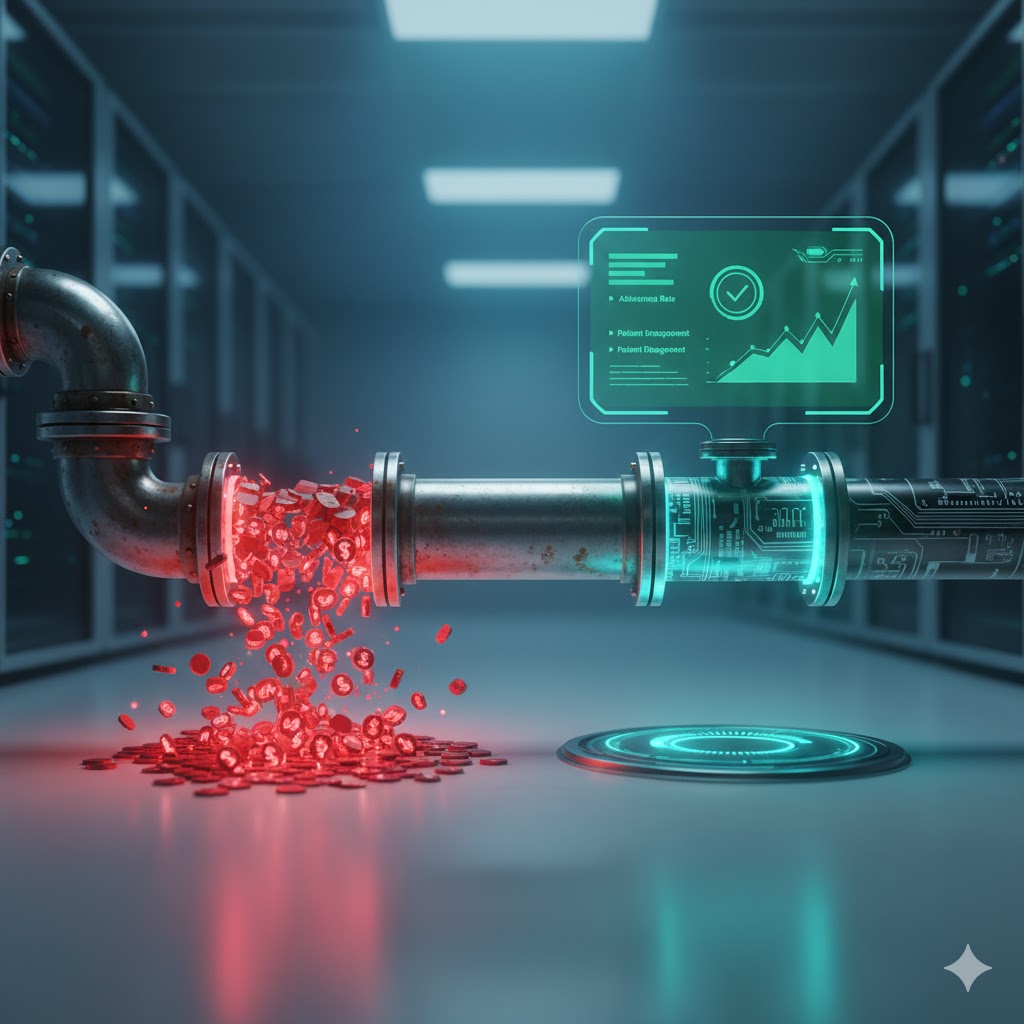How does remote patient monitoring help in decision-making?
In the past decade, the healthcare industry has seen a lot of changes in the technological front in order to facilitate its staff as well as its patients. From artificial intelligence to wearable technology taking the front stage of healthcare, the industry has implemented various new ideas to ease operations and provide efficient aid and diagnosis to patients.
Remote patient management (RPM) is one such trend that has risen to become popular and utterly useful in the healthcare industry. Healthcare organizations use Remote Patient Monitoring to track their patients’ progress post-procedures, during mediation, and more. RPM is used chiefly for monitoring patients with acute or chronic illnesses. Health professionals use the data collected by RPM devices to provide treatments and track health metrics such as heart rate, oxygen levels, blood sugar, etc.
What is Remote Patient Monitoring?
Remote Patient Monitoring (or Management) is the method of healthcare management that revolves around implementing the latest technology to gather patient data and health metrics, as well as using specific technologies to interact with patients virtually, and outside the clinical environment.
Remote Patient Monitoring has proven to provide better health outcomes and enhanced patient experience in the long run since it allows patients to connect with their healthcare providers at convenient time slots and negates the obligation of commuting, taking time out for appointments, and more such logistical bottlenecks and reducing the chances of infection. RPM has also given doctors the opportunity to serve remote areas and have a wider geographical reach. They are no longer limited to their clinics and can provide aid to people in farther regions.
The best part about RPM is that patients and their families can track health metrics without the assistance of a medical professional. With user-friendly software installed on personal devices, smartphones, and tablets, it is easier for patients to track and manage their own health.
Additionally, data collection with the help of Remote Patient Monitoring gives healthcare professionals the liberty to use data analytics, artificial intelligence, and more such tools for better research and come up with new treatments and preventions for ailments. A branch of RPM that deals with data collection are Real-Time Monitoring, which basically refers to the process of storing and gathering health and patient performance metrics from infrastructure devices such as smartwatches, and other wearables.
To conclude, Remote Patient Monitoring is the bridge that is helping the industry transition from the conventional healthcare means that needed patients to make appointments and visit doctors in clinics to virtual healthcare using personal devices in the comfort of their own homes.
Remote Patient Monitoring vs. Telehealth
While it may sound like Remote Patient Management is very much akin to Telehealth, this is not the case in reality. RPM is a type of Telehealth that refers to the use of a specific technology to facilitate the interaction between patients and medical professionals at different geographical locations and automate patient data collection outside the clinic. The data is then virtually monitored by clinicians and doctors for ongoing patient care, research, communication, diagnosis, and more.
Whereas the idea of Telehealth encompasses the entire healthcare industry to digitalize communication, methodology, and treatment techniques. Telehealth refers to distributing healthcare services, treatments, and information using electronic media and telecommunication technologies.
While Remote Patient Monitoring is a type of Telehealth, unlike the latter, it does not completely do away with clinic visits and in-person check-ups. Since it is not possible for patients to be monitored in-person 24x7, RPM helps doctors keep track of their patients around the clock using devices. RPM provides additional visibility into the patient's lifestyle to understand their conditions better.
RPM also provides a unique perspective to clinicians about their patient's health, which helps prevent the deterioration of health that might happen in between clinic appointments.
How is Remote Patient Monitoring Data collected?
One of the most common ways of collecting RPM data is by Bluetooth and a smartphone with 4G capabilities. To implement RPM for data collection, usually, a healthcare professional sends the patient a kit with a Bluetooth-enabled device, such as a Glucometer or Manometer, that can be connected to a smartphone or tablet (devices with 4G capabilities) for transferring data to the clinician without the need for a wireless connection. Since these devices are programmed to automatically integrate the collected data into the Electronic Health Record (EHR), it makes it more convenient and efficient for clinicians to track the patient's progress. The data is often added to the patient billing cycle as well.
Once the data is stored in the Electronic Health Record, the medical professionals can review and analyze it as and when required to ensure proper treatment, needed changes, patient health, and more. For vast RPM data of wide sample size, Artificial Intelligence and Machine Learning are also used for better analysis. These tools have been successful in providing insights into conditions and diseases, equipping the medical industry to come up with preventive medicine, foresee future ailments, analyze their causes, etc.
Remote Patient Monitoring combined with Artificial Intelligence has also helped reduce research costs and improve the amount of time taken to analyze patient data in order to diagnose diseases faster and take decisions more efficiently.
Final Thoughts
In the last few years, Remote Patient Monitoring has become a necessity for the healthcare industry to enable faster decision-making and diagnosis for their patients. It is enabled healthcare professionals to branch out of their clinics and provide medical help to people outside their cities and, in some cases, countries too.
While implementing the perfect RPM program might take a little research, supporting your telehealth strategy is bound to bring more remarkable health outcomes and patient satisfaction in the long run.
At Mahalo Health, we provide digital healthcare software and decentralized healthcare platforms to facilitate medical organizations to reach out to a broader consumer base with their services and treatments. Contact us to discuss your telehealth strategy today.





